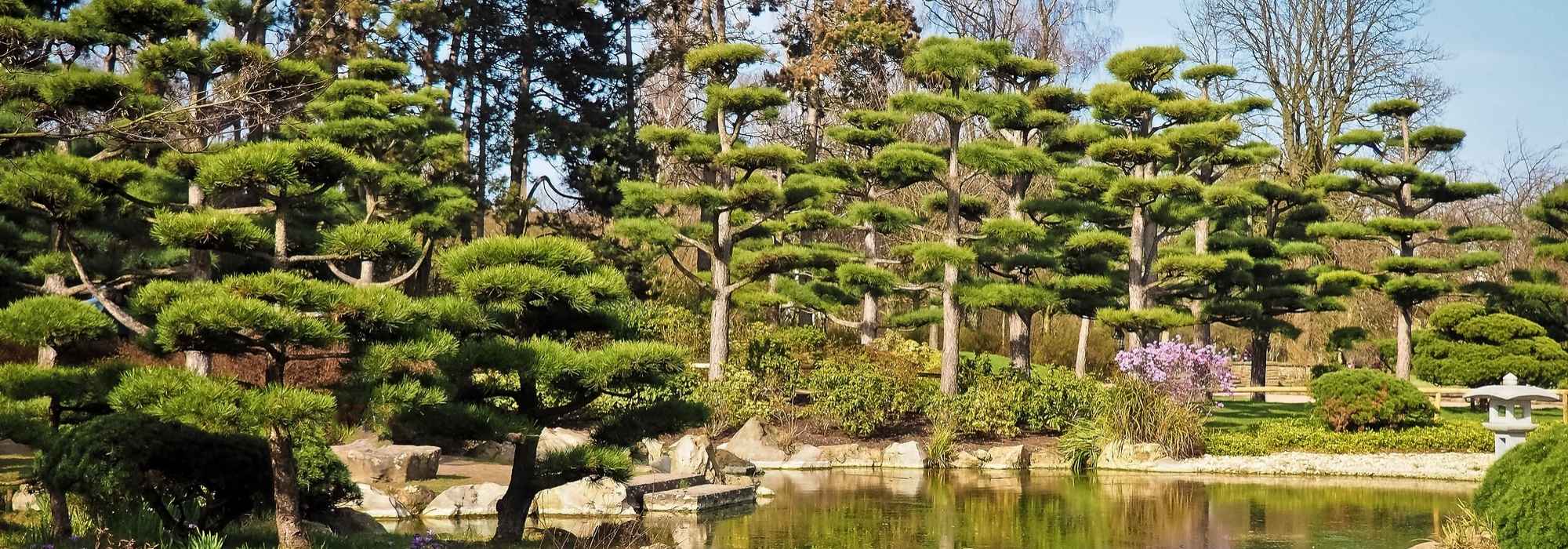
Cloud pruning or niwaki
Training and care techniques for a niwaki
Contents
Cloud pruning, or niwaki, is inspired by Japanese gardens of the Edo period (17th to 19th centuries). It is a topiary art that involves forming short stems of bulb within the branches of a tree or a bush. The aim is to reveal the architecture of the trunk and the master branches chosen for retention as in bonsai technique. The next step is to define a balance between axes and retained foliage, pruned in nival zones to give a picturesque silhouette to the specimen, which thus appears sculpted by the wind.
Buying an already trained tree has become commonplace, notably for olives, pines, box and holly, despite a relatively high price, as this practice requires several years of training and some skill to give the tree a harmonious shape. For the amateur gardener, the task is then to maintain the silhouette and its proportions over the years using a fairly simple technique.
Which species to choose for cloud pruning?
Evergreen species such as conifers are prized as they provide a permanent, almost unchanging backdrop, are undemanding and require little maintenance.
Among pines, prefer species with short needles such as Pinus thunbergii, parvifolia, densiflora, sylvestris as well as most dwarf forms suited to rockeries to create a small specimen 1 to 3 m tall or a bonsai.
Other genera can also be cloud-pruned, such as Cypress (Cupressus), False cypress (Chamaecyparis obtusa), thuja (Thuja), yew (Taxus) or juniper (Juniperus)… It’s a perfect way to restore interest in an old tree that has become too bushy, unwieldy and shapeless (bare at the base, as often happens).
Slow-growth leafy species also tolerate cloud-pruning very well when they have small leaves and flexible wood, such as holly (Ilex crenata), hornbeam (Carpinus betulus) and, of course, box (Buxus).
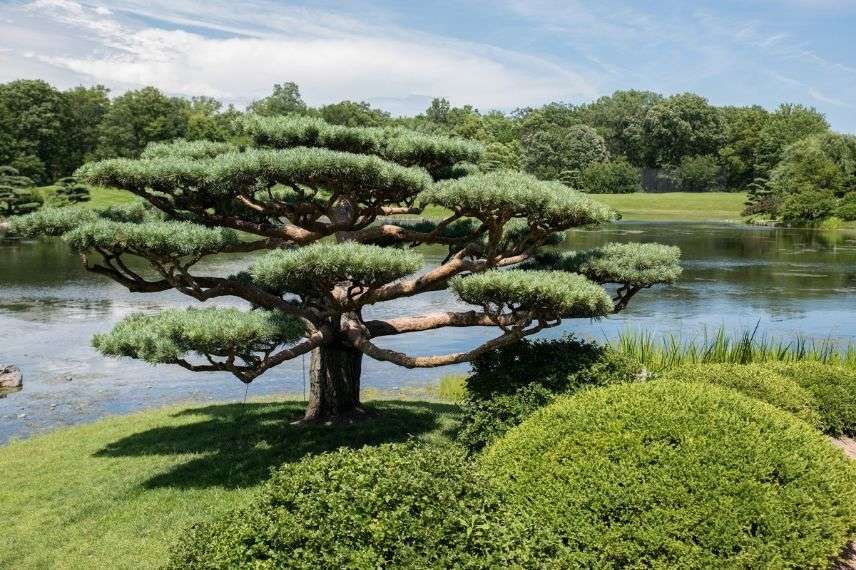
Read also
Create a Japanese or Zen gardenWhen should niwaki pruning be started on a specimen?
Pruning begins very early with pines, which are plants commonly chosen for this training when they reach 1.5 to 2 m in height, whereas it can take place very late in old Juniperus or overgrown boxwoods that you want to revamp.
For a centenary boxwood you want to transform into a niwaki, proceed in two stages: start by clearing trunk in spring then perform cloud pruning in August.
Shaping of trunk and main branches is carried out as early as possible so shoots can be twisted or inclined without breaking and can continue throughout tree’s life depending on desired final appearance. If you want to save time, select pines at nurseries with attractively twisted trunks and branches.
Discover other Ilex - Holly
View all →Available in 1 sizes
Available in 0 sizes
Available in 1 sizes
Available in 0 sizes
Available in 1 sizes
Available in 1 sizes
Available in 3 sizes
Available in 1 sizes
Available in 2 sizes
Available in 1 sizes
At what time of year should you carry out cloud pruning?
Shaping architecture of trunks and main branches
Preferably choose period between September and April for conifers and leafy evergreens. Deciduous essential oils are pruned during vegetative rest between November and late March.
Maintenance of clouds and pruning of new shoots on short stems of bulbs
Carried out every year from April to end of June for conifers and from April to September for all other plants.
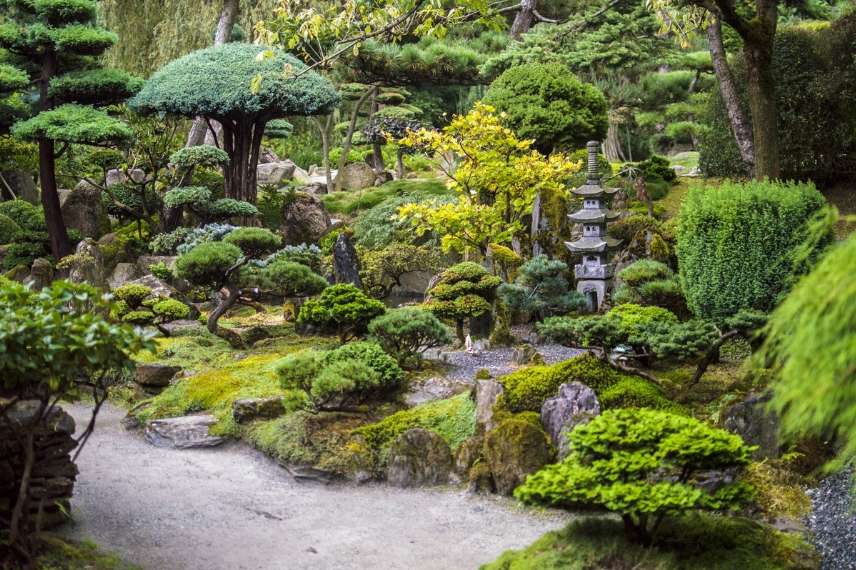
How to carry out cloud pruning?
The principle
This involves exposing trunk and base of main branches, sometimes altering their angle to create an asymmetrical shape.
Then allow eye to travel through composition by shaping characteristic clouds that enhance garden perspective and give impression of an old, naturally contorted tree.
Pruning must maintain balance between plant size and volume of its foliage.
Carrying out cloud pruning
Forming trunk and main branches
You can already emphasise subject’s twisted aspect by leaning trunk of a pine 1.50 to 2 m tall at planting. Several years of work are required to obtain a finished niwaki form. It is important to follow steps below so as not to get lost:
- With an pruning saw or a strong pruning shear, remove dead wood, unless certain dead wood adds aesthetic interest, and cut away unsightly or injured branches;
- Then cut vertical and overly vigorous branches;
- Expose trunk until first scaffold branch is reached;
- Walk around subject, taking time to observe from all angles in order to select best branches to keep:
- Avoid overlapping so sun can reach all foliage;
- Favor horizontal scaffold branches that are regularly spaced along trunk.
- Clean scaffold branches and trunk of small leafy twigs so that only clusters of foliage remain at extremities. If necessary, shorten scaffold branch to form homogeneous nival zones.
- Take time to step down from stepladder to assess tree as whole: step back and walk around tree, taking photographs if necessary. Clouds of foliage and gaps must be able to distribute throughout scaffold in a homogeneous way both vertically and horizontally, while avoiding symmetry of branches.
Important: If you remove too much foliage at once, plant will react by producing abundant regrowth and all work will need repeating. Operate over two years if necessary, limiting to remove no more than 1/3 of foliage per year.
- To change inclination of a fine branch, act gently using strings that do not strangle shoot. For thicker shoots, use rubber tensioners (inner-tube type), increasing tension progressively because branch could give way without warning.
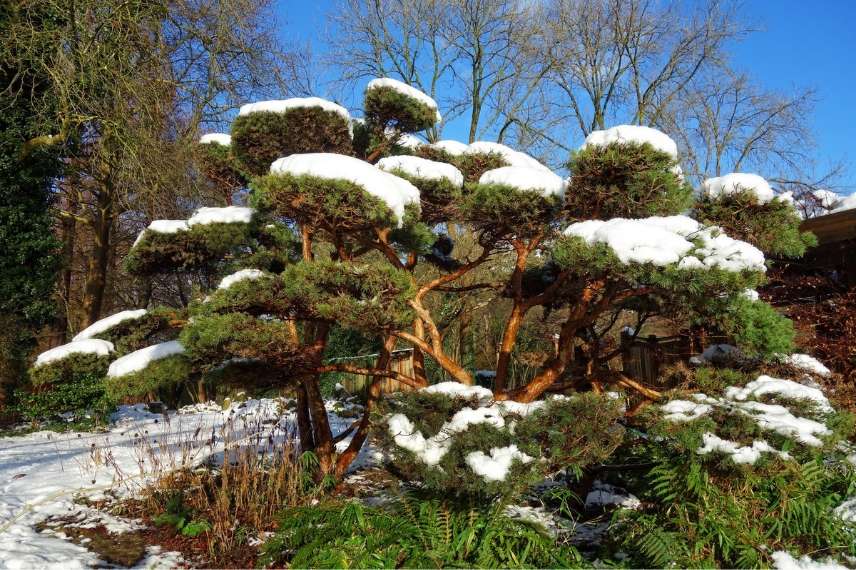
Shaping or sculpting the clouds
Depending on desired precision, work with a short-bladed shear, a boxwood knife or a bonsai chisel:
- Shape cloud so it is flat at base and domed on top to obtain a tiered silhouette — this work requires patience.
- Monitor silhouette regularly and run hand over shoots to remove regrowth gently.
- Carry out up to three prunings per year to increase cloud density.
Niwaki care
Repeated pruning of regrowth eventually creates a mass that is too dense with small branches, some of which die from lack of light. As soon as you notice browning or drying out, act immediately to thin out clouds.
You can act at any time of year on pines and before spring bud burst period on deciduous trees.
Use a small pruning shear or bonsai scissors to remove some of the very ramified shoots, creating gaps. This thinning will allow renewal of the cloud’s twigs.
- Subscribe!
- Contents
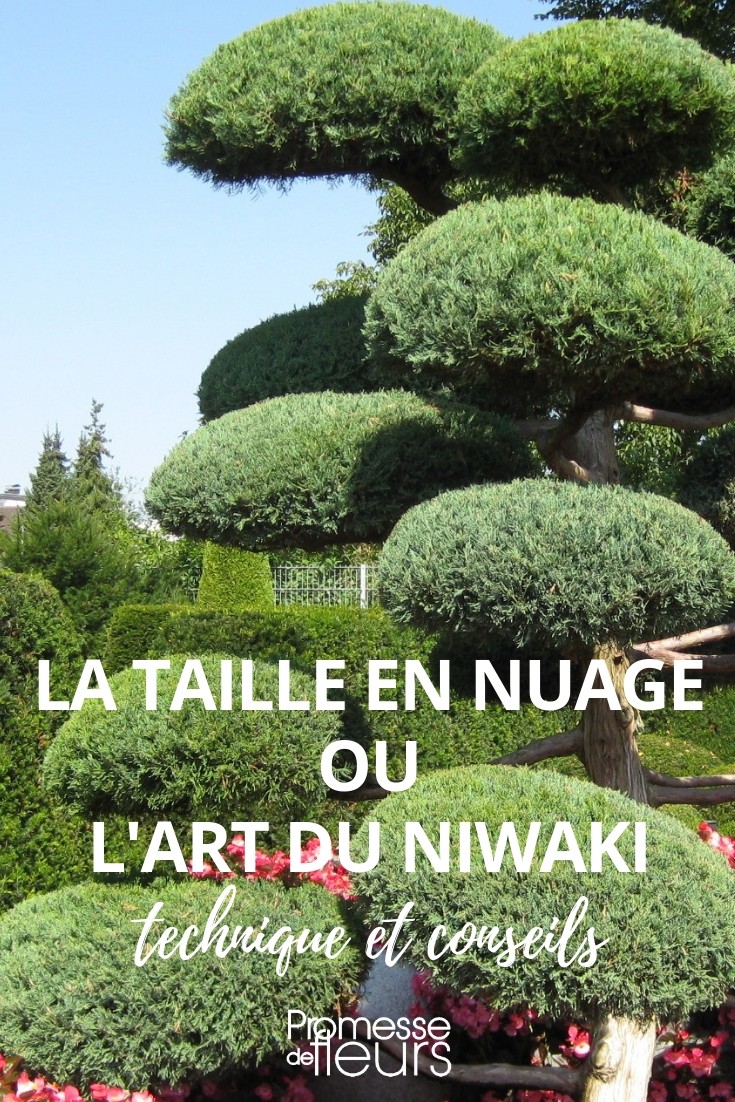































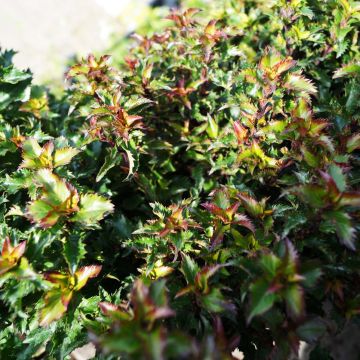

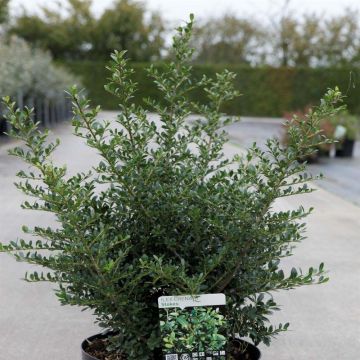
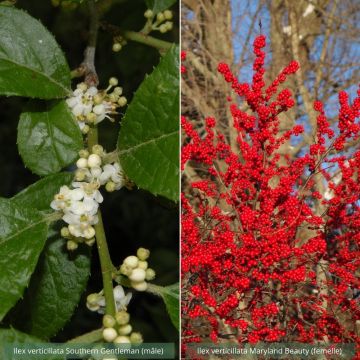
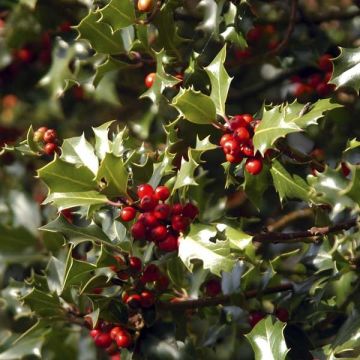

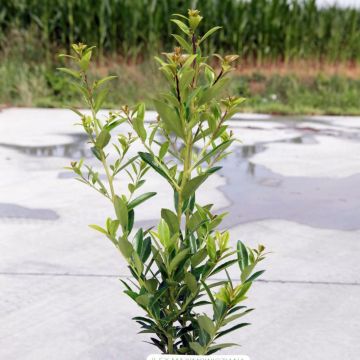
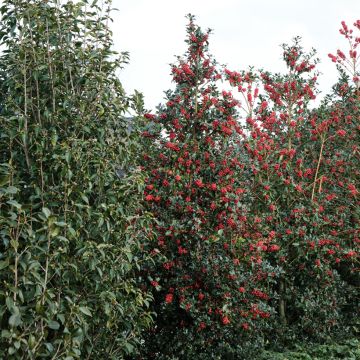
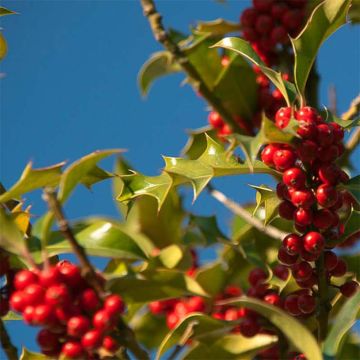
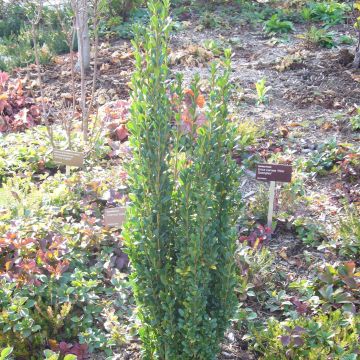
Comments